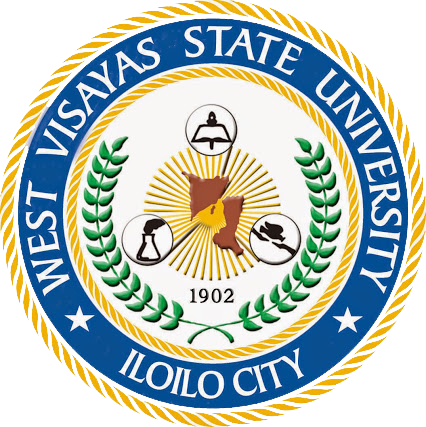| dc.identifier.citation | Puljanan, R.L., Garcia Jr., Jemuel B., Nuñeza, E.G., Paclibar, W.M. (2017). Aeta creatives in the 21st century: intercultural implications of teaching. College of PESCAR, West Visayas State University , 7(1), 58-80. | en |
| dc.description.abstract | Panay is an island in the Philippines where groups of the aborigines called Ati are located. In Iloilo and Guimaras, the Ati have found mountains and valleys to settle in after centuries of wandering as nomads. The mainstream society seems to have ignored them and left them to their fate. Yet, they are Filipinos and need to be accepted and integrated into the social and political life of the century. A desire to discover more about ethnic music, dances, and sports/games led the researchers to group together to look for them in the mountains of Iloilo and Guimaras wherein some Ati tribes are known to have settled. Have the tribes preserved their songs, dances, and sports or are they losing their own identity and culture? What changes in society have influenced these tribes? This study attempted to find answers to the question above. A qualitative study on songs, instrumental music, instruments, dances, and sports was undergone. The study started in the second semester 2009-2010, however, the former study leader had passed away, and consequently, the study was revised and was continued after 5 long years. The informants of this study were the elders, community leaders and weavers of the tribe in the two selected Ati settlements in Iloilo and Guimaras. The study was conducted in Sitio Kati-Kati, San Miguel, Jordan, Guimaras and in Sitio Nagpana, Lipata, Barotac Viejo, Iloilo. The data were gathered through informal interview and FGD using an interview guide, and non-participant observation using narrative log. Findings showed that Ati tribes are using indigenous musical instruments made of bamboo and coconut. As to their indigenous songs, they have composo entitled "Marikudo". In their dances, they have indigenous ones like "Itok-Itok, Untoy Fernando, Pangayam, and Pangani. They also embraced modern dances as seen on televisions and in schools and nearby community. In terms of sports and games, Ati tribes have preserved some of their traditional games such as turtle racing and other common traditional games like pikyaw/pitiw, ins (patintero), piko, luksong lubid, luksong tinik, kadang and takang. They also adopted foreign-influenced sports like basketball, and volleyball. However, due to to the advent of modern technology most of their indigenous culture is always forgotten. Also, through education, their native language was also affected. Only few can speak Inati language. Most of them are elders. Even in schools of Ati kids the medium of instruction is Hiligaynon. They have embraced lowlanders' way of living. But despite the challenges, the study implied that informants also hoped that they can help in preserving and promoting their culture. It is also hoped that the medium of instruction in primary grades among Ati learners will be Inati. The teaching of Music and Physical Education can also be contextualized. | en |





